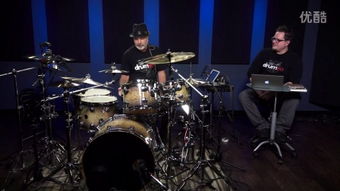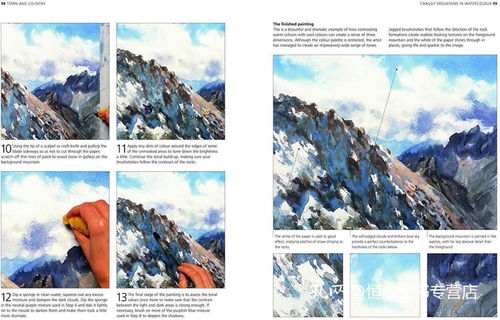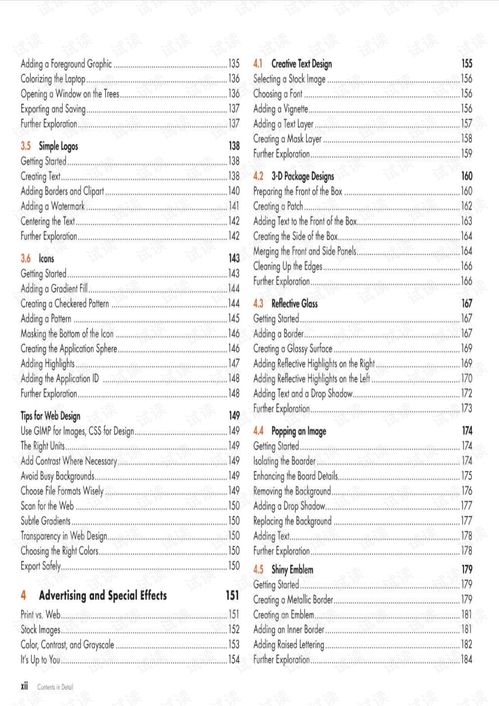Content:
Introduction: Fishing, an ancient pastime that has been cherished by many for centuries, requires not only patience but also a certain level of skill. One such skill is the ability to handle fishing rods with agility and precision. For those who are left-handed, mastering the art of fishing can sometimes present unique challenges. However, with the right techniques and practice, left-handers can develop agile fishing skills that will make them just as proficient as their right-handed counterparts. In this article, we will explore how left-handers can refine their fishing techniques and become adept at the craft.
Understanding Left-Handed Fishing Techniques:

Gear Selection: The first step in mastering left-handed fishing techniques is to choose the right gear. While most fishing rods and reels are designed for right-handers, there are now many products available that cater specifically to left-handers. Look for fishing rods and reels labeled as "left-handed" to ensure a comfortable and efficient experience.
Rod Grip: When holding a fishing rod with your left hand, it's important to maintain a secure grip. Start by placing your left hand around the handle, ensuring that your fingers are wrapped comfortably around the rod. Avoid gripping too tightly, as this can lead to fatigue and reduced control.
Casting: Casting is a fundamental skill in fishing, and left-handers can master it by following these steps: a. Position the rod: Hold the rod with your left hand and position it in front of you at a 45-degree angle. b. Load the rod: Begin by slowly winding your wrist, allowing the line to load the rod. This will create the necessary tension for a successful cast. c. Power the cast: Once the rod is loaded, use a smooth, continuous motion to power the cast. Keep your wrist and arm in sync to achieve maximum distance and accuracy. d. Follow through: After releasing the line, continue to move your arm and wrist in a follow-through motion to ensure the cast lands where you intended.
Reeling: Reeling in fish can be challenging for left-handers, as most reels are designed for right-hand use. To overcome this, try the following: a. Use a left-handed reel: Invest in a reel specifically designed for left-handers, which will allow you to work the handle with your dominant hand. b. Practice: Spend time practicing reeling with your left hand, focusing on maintaining a steady pace and applying consistent pressure to the line.
Baiting and Luring: Left-handers can develop their baiting and luring skills by following these tips: a. Practice your hand-eye coordination: Spend time practicing your hand movements, such as threading bait onto a hook or manipulating lures. b. Use left-handed baiting tools: Invest in left-handed baiting tools, such as baiting hooks and lures specifically designed for left-handers. c. Experiment with different techniques: Don't be afraid to try different baiting and luring methods to find what works best for you.
Knot Tying: Knot tying is an essential skill for any angler, and left-handers can improve their technique by: a. Practicing knot tying: Spend time practicing different knots, such as the improved clinch knot or the Palomar knot, with your left hand. b. Use left-handed knot tying tools: Invest in left-handed knot tying tools, such as needle-nose pliers and a left-handed knot tying guide.
Patience and Practice: Lastly, remember that becoming proficient at left-handed fishing techniques requires patience and practice. Spend time on the water, experimenting with different techniques and gear until you find what works best for you. Don't be discouraged by initial challenges; with persistence, you will develop agile fishing skills that will make you a skilled angler.
Conclusion: Left-handers can certainly master the art of fishing by adapting to left-handed techniques and equipment. With the right gear, practice, and determination, left-handers can develop agile fishing skills that will allow them to enjoy the sport with the same proficiency as right-handers. So, don't let your handedness hold you back from becoming a fishing enthusiast; embrace your unique approach and enjoy the tranquility and rewards that fishing has to offer.












